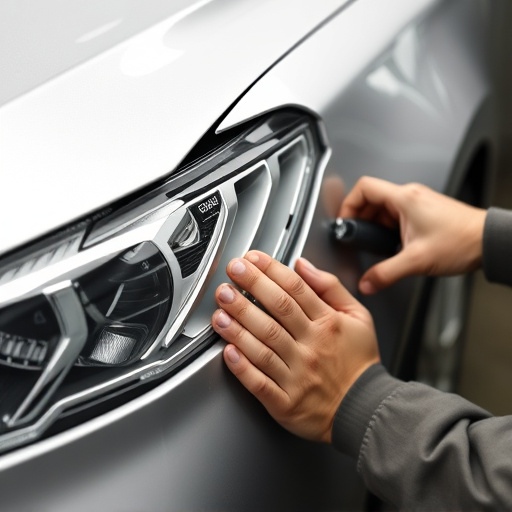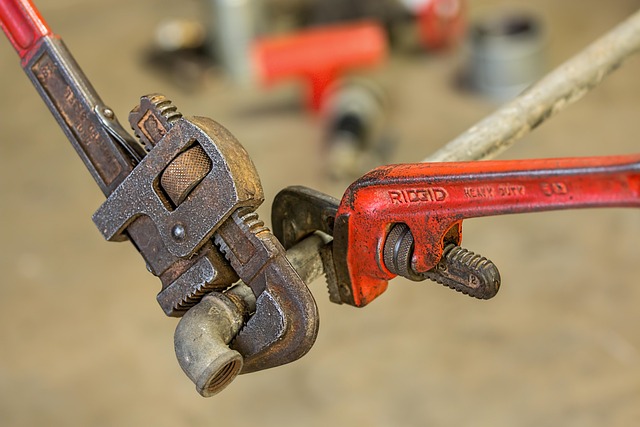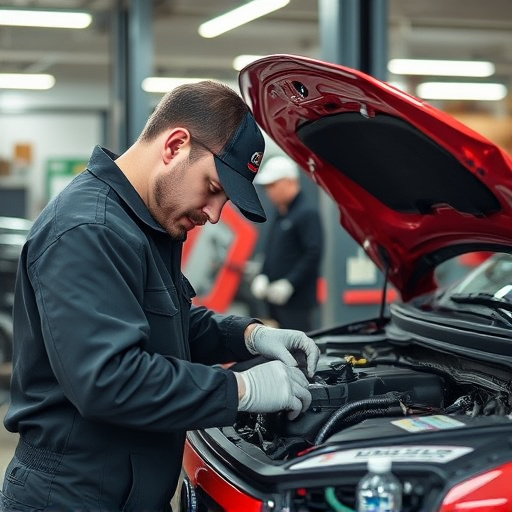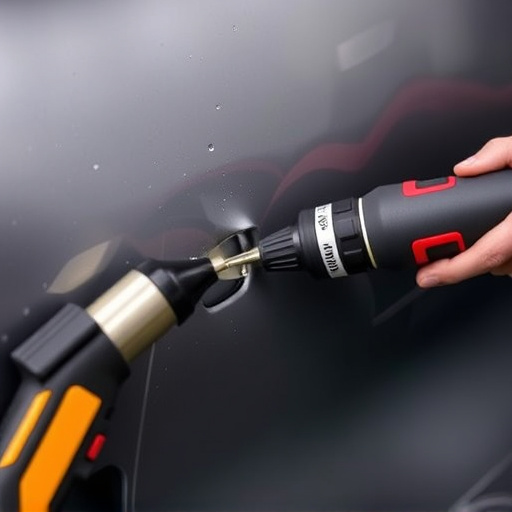Homeowners seeking structural repairs should focus on maintaining building integrity, stability, and safety. Effective repair expectations management requires clear communication with contractors about problem identification, solutions, costs, timelines, and daily life impacts. Realistic expectations for auto body work, such as dent removal, are crucial for client satisfaction, with transparent communication and client involvement in decision-making boosting satisfaction levels.
In the realm of repairs, managing client expectations is paramount. This article delves into the nuanced strategies of repair expectations management, distinguishing between structural and cosmetic repairs. Understanding the fundamental differences in these categories allows professionals to set realistic goals and mitigate potential disappointments. By exploring techniques for each, from defining scope to communicating progress, we equip repair specialists with tools to enhance client satisfaction and build trust, ensuring a seamless repair experience tailored to expectations.
- Understanding Structural Repair Expectations
- Setting Realistic Goals for Cosmetic Touchups
- Strategies to Alleviate Disappointments Post-Repair
Understanding Structural Repair Expectations

When it comes to understanding structural repair expectations, homeowners must first grasp that this type of work goes beyond mere aesthetics. Structural repairs address the fundamental integrity and stability of a building’s framework, floors, walls, and foundations. The goal is to ensure the structure can withstand various loads and environmental conditions, maintaining safety and longevity. This involves addressing issues like settling, shifting, water damage, or structural failures that compromise the building’s overall stability.
Effective repair expectations management in this context requires clear communication between homeowners and auto body shops or contractors. Homeowners should expect detailed explanations of the identified problems, proposed solutions, associated costs, timelines, and potential impacts on daily life within the home. By understanding these aspects, they can make informed decisions, set realistic expectations, and actively participate in ensuring their property is restored to a safe and structurally sound condition through auto body repairs or structural restoration work.
Setting Realistic Goals for Cosmetic Touchups

When it comes to cosmetic touchups on vehicles, setting realistic goals is an essential part of effective repair expectations management. For minor issues like a small dent or scratches, auto repair services often offer solutions like paintless dent repair, which can significantly enhance the vehicle’s appearance with minimal interference to its surface. However, clients should be made aware that these repairs might not completely eliminate every imperfection, especially in cases of severe damage. The goal here is to restore the car to a condition that meets or exceeds their personal standards, not to achieve factory-perfect results.
Realistic expectations are crucial for client satisfaction. For example, while paintless dent repair can hide dents effectively, it may leave subtle traces visible to the trained eye. Therefore, auto repair professionals should communicate this accurately to clients, ensuring they understand what can and cannot be achieved. By setting clear goals, technicians can manage expectations, fostering a positive relationship with customers and ensuring they are satisfied with the outcome of their cosmetic repairs.
Strategies to Alleviate Disappointments Post-Repair

When it comes to managing client expectations, especially after repairs, both structural and cosmetic, there are several strategies that can help alleviate potential disappointments. One key approach is to offer transparent communication throughout the entire repair process. This involves providing clear updates, explaining the scope of work, and highlighting any known limitations or challenges. By keeping clients informed, you set realistic expectations from the get-go, reducing the likelihood of post-repair surprises.
Additionally, ensuring client involvement in the decision-making process can be powerful. For complex repairs, especially those involving car paint services or automotive restoration, presenting options and allowing clients to choose their preferred solutions empowers them to feel more satisfied with the outcome. This interactive approach fosters trust and encourages clients to understand that their input is valued, ultimately leading to higher satisfaction levels.
In managing repair expectations, distinguishing between structural and cosmetic repairs is key. By understanding the nature of each, from the robust goals of structural repairs that fortify and stabilize, to the enhancing yet less demanding focus of cosmetic touchups, professionals can set realistic expectations with clients. Implement strategies to alleviate post-repair disappointments by effectively communicating progress, engaging in transparent reporting, and fulfilling promises, ultimately ensuring client satisfaction through proactive repair expectations management.














